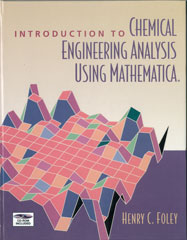
Hardcover: 199 pages
Publisher: Elsevier; 1st ed edition (August 1, 1999)
Language: English
ISBN: 0080426964
List Price: $152.95
Book Description
Carbon Nanotubes (CNT) is the material lying between fullerenes and graphite as a new member of carbon allotropes. The study of CNT has gradually become more and more independent from that of fullerenes. As a novel carbon material, CNTs will be far more useful and important than fullerenes from a practical point of view, in that they will be directly related to an ample field of nanotechnology. This book presents a timely, second-generation monograph covering as far as practical, application of CNT as the newest science of these materials. Most updated summaries for preparation, purification and structural characterisation of single walled CNT and multi walled CNT are given. Similarly, the most recent developments in the theoretical treatments of electronic structures and vibrational structures are covered. The newest magnetic, optical and electrical solid-state properties providing a vital base to actual application technologies are described. Explosive research trends towards application of CNTs, including the prospect for large-scale synthesis, are also introduced. It is the most remarkable feature of this monograph that it devotes more than a half of the whole volume to practical aspects and offers readers the newest developments of the science and technological aspects of CNTs.
Book Info
Discusses the carbon nanotube (CNT), the ultrathin carbon fibre with nanometersize diameter, and micrometer-size length accidently discovered by a discharging process preparing small carbon clusters named by fullerenes
To download










